Discover plants that repel spiders, including herbs and plants that grow in containers, and learn how to make your own spider repelling spray with essential oils!
Logically we all know that spiders are good for the environment and that they can be helpful at home or in your garden. After all, spiders eat bugs! Even so, spiders creep most of us out. I like many spiders, but I still don’t want extra spiders hanging out in my house or yard where my toddler might encounter them.
If you want want to use natural ways to get rid of spiders, check out this list of plants that repel spiders. Many of these can be grown in your garden or as houseplants so you can repel spiders naturally indoors or out!
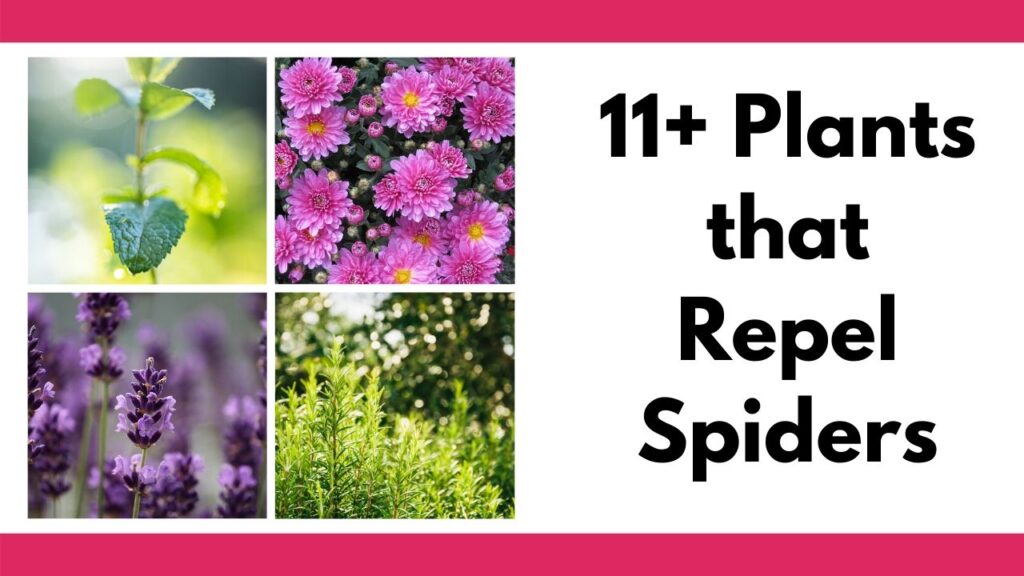
Most spider repellant plants are strong aromatics. Although they have a strong scent, that does not mean they smell bad. On the contrary, some delicious smelling plants like mint and lavender are effective and repelling spiders.
Because these herbs are naturally spider repelling, your mileage may vary. Some plants will work with some spiders and not with others. I’ve seen spiders setting up webs in a tomato plant literally next to a spider-repelling herb.
This problem is not unique to natural spider control solutions. Some commonly used pesticides have been shown to do little to boost crop yields while encouraging pesticide-resistant insects to flourish and damaging waterways, bee populations, and birds.
If I’m going to try something that may be only partially effective, I’d rather do it in a safe way that doesn’t kill bees or damage the environment!
If you’ve tried a couple of these spider repelling herbs and are still seeing spiders in your home or garden, you can try essential oils and/or the natural spider repellant spray recipe at the bottom of the post. Just remember that most common garden spiders aren’t typically dangerous to humans. Additionally, spiders can be beneficial to your garden because they eat insects that may be garden pests.
If you decide to check out the essential oil planner linked above, you’ll be taken to a page on my printables blog. I don’t want you confused and wondering what happened to the gardening blog you were reading when you see the url!
Table of Contents
Plants that repel spiders
This post includes affiliate links. If you make a purchase using one of these links, Together Time Family will receive a commission at no additional cost to you.
Mint
Mint is famous for its spider-repelling abilities. Mint essential oil is a popular spider repellent, but mint essential oil is highly concentrated and unsafe for use around babies and pets.
Mint is easy to grow. It grows and spreads so easily that it’s important to keep a close eye on your mint plant. If it’s outside, make sure to plant it in its own container and watch for runners that may escape the pot and attempt to take root elsewhere. Because it sends out long runners, mint tends to grow best in long, narrow containers (like a window box) instead of a round pot.
Daylily Nursery on Etsy frequently has live mint plants available to ship. I’ve seen several interesting varieties of mint, such as orange mint, that you’re unlikely to find at your local home improvement store.
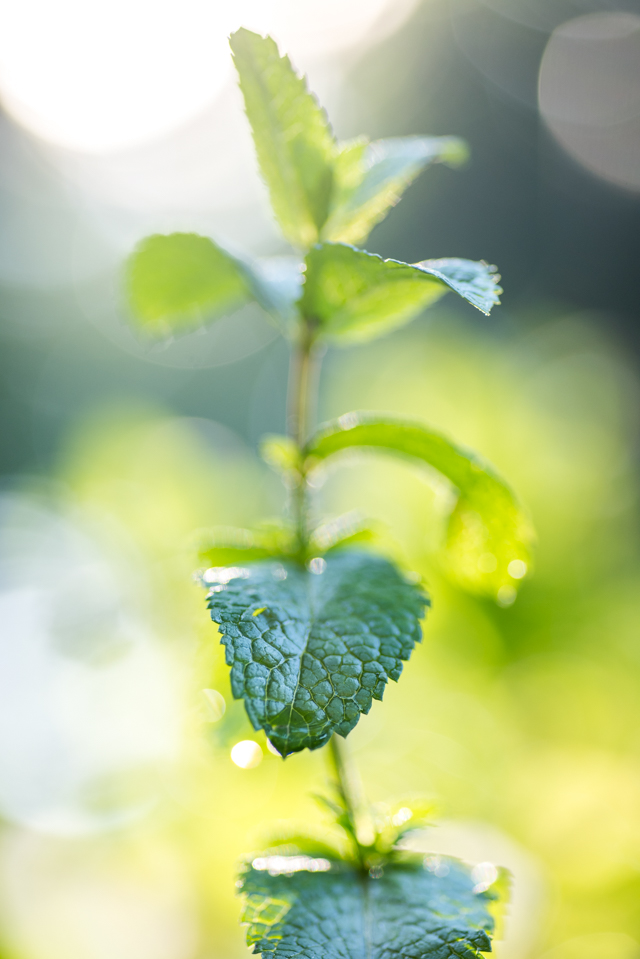
Lemon Balm
Lemon balm is delightfully fresh smelling, easy to grow, and good for repelling spiders, mosquitos, and fruit flies. Bruise a leaf with your fingers and rub it on yourself for a bright lemony scent that helps keep mosquitos away! It is also tasty in salads, marinades, and as a tea.
Lemon balm, or Melissa officinalis, is a member of the mint family. Unlike other mints, it does not spread by means of runners. Lemon balm is an perennial herb that becomes more lush and full after harvesting. Although the plant will probably die back in the winter, it will grow again in the spring. Plants typically produce well for 3-4 years before needing to be replaced. When pruned regularly to encourage growth, a lemon balm plant can grow to be 24”-36” tall!
Like with many herbs, lemon balm seeds can be slow to germinate and challenging for newer gardeners. Luckily, it’s easy to grow from transplant and live lemon balm plants are usually only a few dollars.
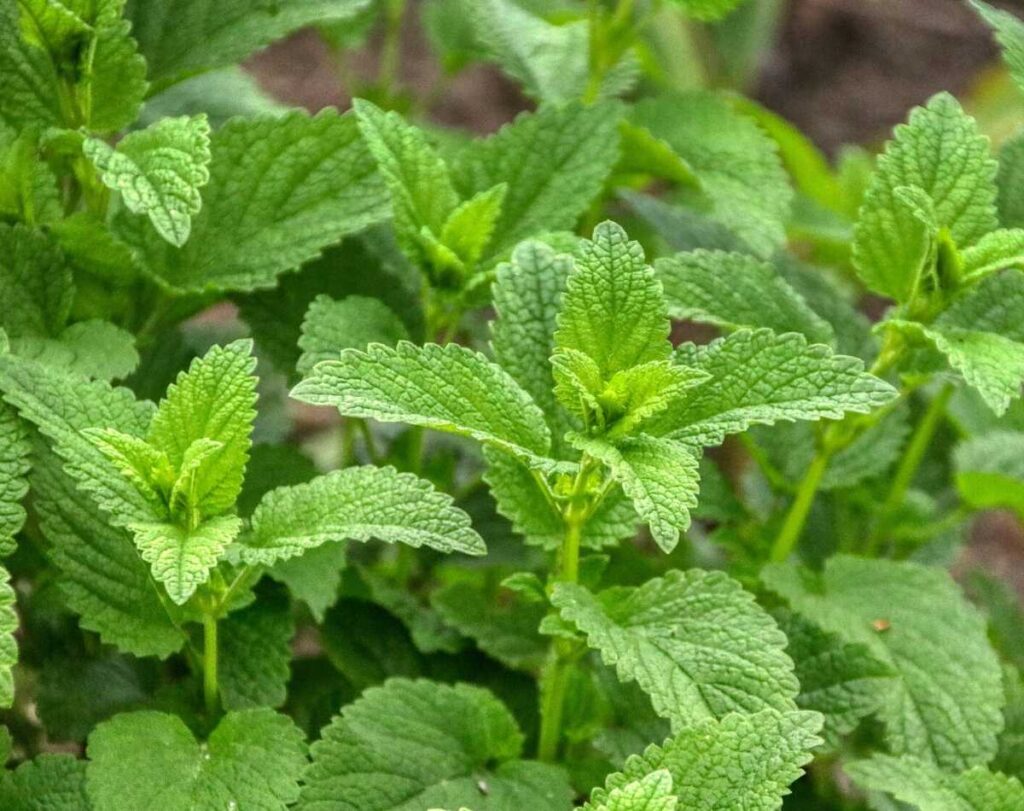
Basil
Basil is a kitchen classic and effective at repelling spiders. There are many types of basil and spiders dislike them all. Basil is easy to grow and one of the most popular kitchen herbs to grow.
When you harvest basil, it comes back stronger and produces a bountiful harvest. A single well-tended basil plant can produce enough for fresh eating during the summer and preservation for use over the winter.
Although basil is easy to grow, it does need plenty of sunlight. Make sure it’s in a sunny window if you want to grow basil inside or place it under a full spectrum light. Without adequate light, basil will be leggy and pale.
Basil seedlings are easy to find and it is one of the easiest herbs to grow from seed.
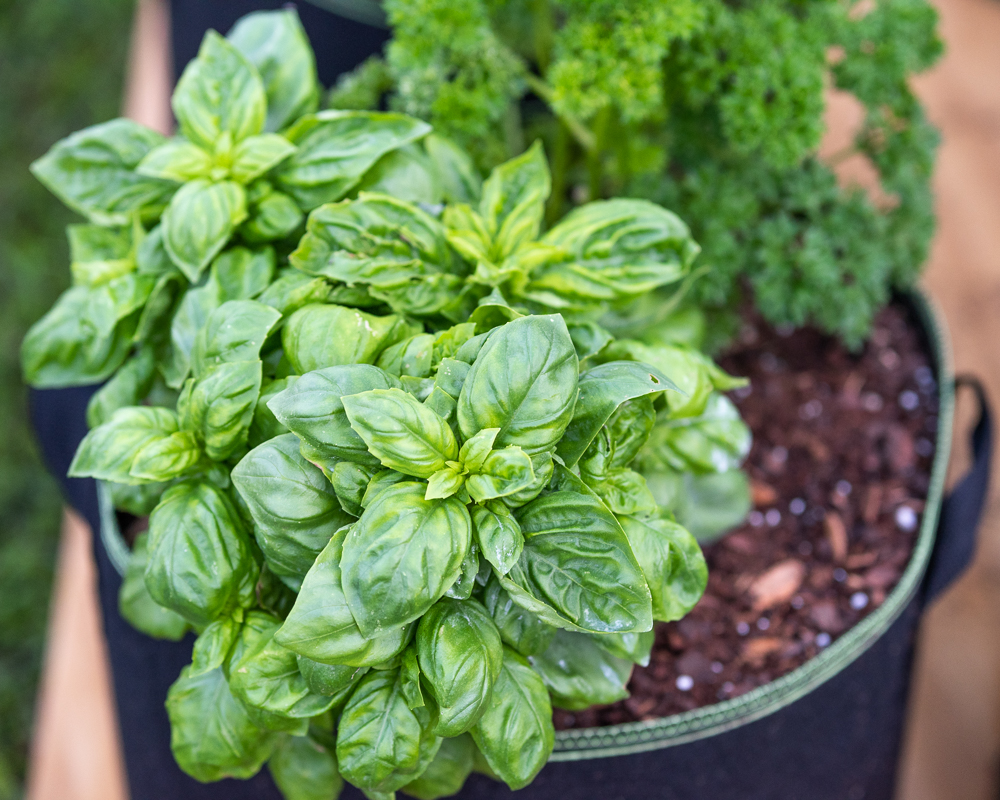
Rosemary
Rosemary is well known for repelling spiders and fleas. I used to make a rosemary rinse for my dog to help keep her flea-free.
Rosemary is easy to grow in zones 7-10 as a perennial. After a few years in a container, you may need to transplant it into your yard – I’ve seen some rosemary plants that were practically bushes!
Rosemary is easier to buy as a living plant or propagate from cuttings than it is to grow from seed. If you don’t have a friend who will give you a rosemary cutting, purchase an established rosemary plant. It will live for years as long as you bring it inside if temperatures dip below 20ºF.
Garlic chive, another plant on this list, is visible behind the rosemary in this photo from my herb garden a couple of years ago.
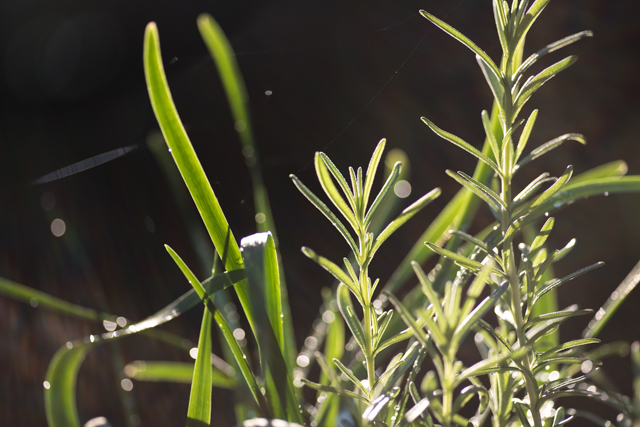
Lavender
Lavender is a much-loved plant. It is beautiful, smells amazing, and is almost universally well-loved. Practically everyone likes lavender…except spiders.
Lavender tends to be fairly drought tolerant and able to tolerate partial shade. Lavender seeds are slow to germinate and may not flower the first year. (One package of lavender seeds I had required refrigeration in a damp paper towel for several weeks prior to starting!) It is far easier to purchase a lavender transplant to grow in a pot indoors or out.
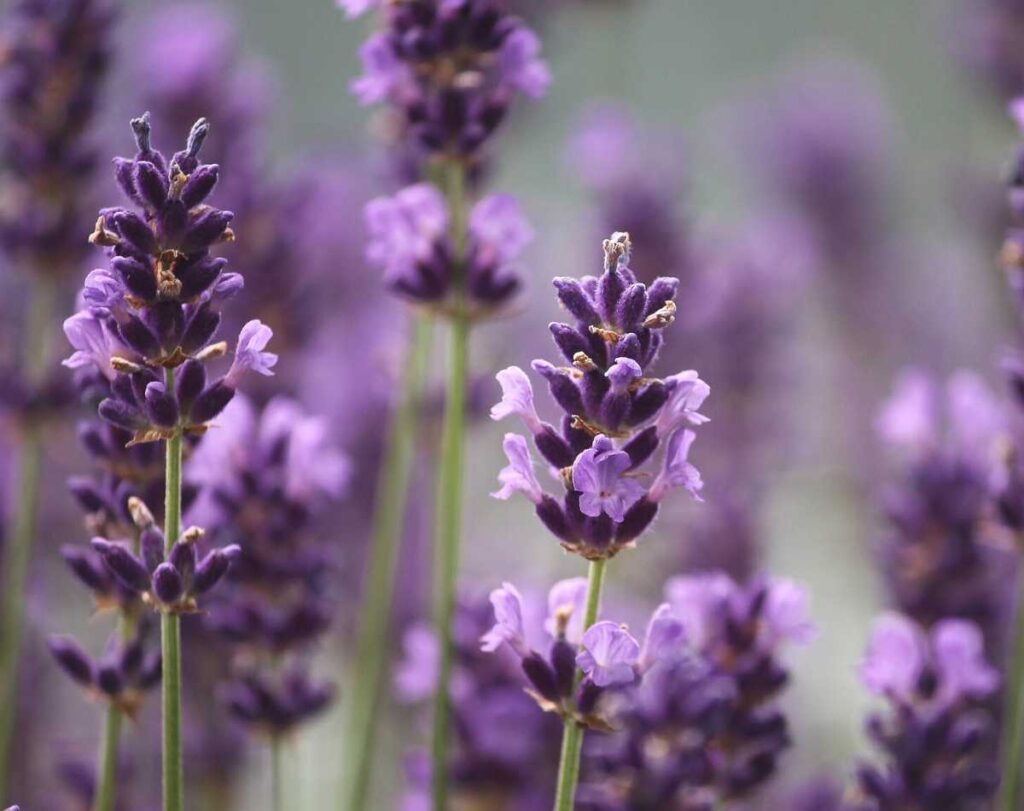
Lemon Verbena
Lemon verbena is another citrus-scented plant that doubles as a culinary herb and spider repellant. Many people consider lemon verbena to have the most lemon-y scent of any herb.
Lemon verbena is frost-tender but will grow as a perennial if you keep it from freezing. Plant your lemon verbena in a large pot (at least 12″) and bring it indoors in winter or grow it as an annual. Plants that receive too much shade won’t have the strong, lemony scent that sun-grown plants do.
Although lemon verbena generally prefers full sun, if you live somewhere really hot it appreciates some afternoon shade.
Lemon verbena is difficult to grow from seed. It’s best to start your plant from a clipping or purchase a seedling to transplant.
Lemon Eucalyptus
The lemon eucalyptus, or “lemon bush” is a delightful smelling tree that grows well as a container plant. Since it smells citrusy, it repels spiders. Although it grows very tall as a tree, it generally tops out at around 36” as a container plant.
Lemon eucalyptus is a warm-weather plant and a sun lover. If you receive frost, grow it is an annual or pot it and bring it inside over the winter. It’s a delightful addition to any garden because bee’s love the nectar-rich flowers.
Because lemon eucalyptus is a tree, seeds can take 2-3 months to germinate. It’s much easier to purchase a eucalyptus seedling to transplant.
Lemongrass
Lemongrass is a grasslike plant with a citrus scent that repels mosquitoes and spiders. It loves heat and grows in full sun, even in hot Southern areas. It grows as a perennial in zones 9-11 and can reach 24”-36” high. When grown in pots to bring indoors for the winter, it doesn’t get as big. It can also be grown as an annual if you don’t want to lug the plant indoors for the winter.
Lemongrass leaves can be used in soups and teas. The tender inner stalk is popular in Asian cuisine. If you want to know more about growing and using this aromatic grass, check out my guide on how to harvest lemongrass.
Lemongrass can be grown from seed, but is easy to grow from live transplant seedlings.
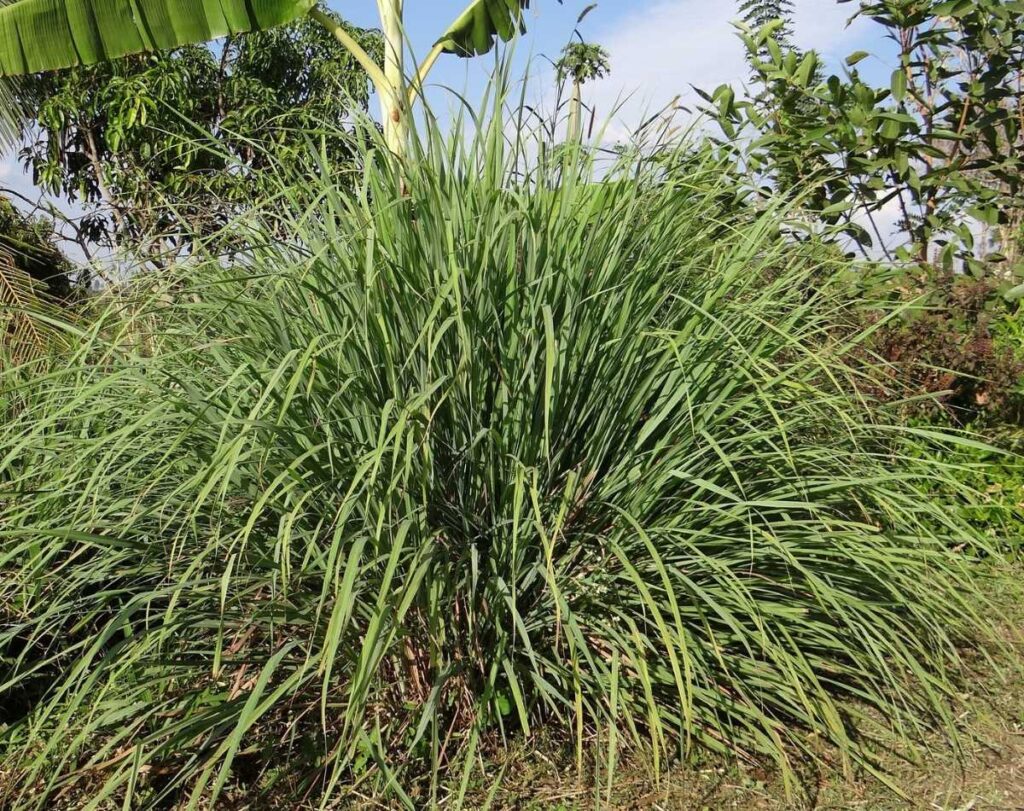
Citronella
Citronella, also called mosquito plant geranium, is in just about every list of plants that repel insects. It isn’t just good for mosquitos – spiders don’t like it, either. “True” citronella is a grasslike plant that’s similar to lemongrass. The geranium citronella plant looks more like a large parsley plant.
Citronella is an evergreen perennial in zones 9-11. It is frost tender, so you’ll need to bring your plant indoors before you receive a frost.
To get a head start on the growing season, order a large, well-established citronella plant that’s ready to rock.
Citronella Plant
Growing citronella is a breeze when you purchase a well-established citronella plant! Citronella is a member of the geranium family with a lovely, citrusy aroma when you bruise the leaves. People love it but bugs hate it!
Chives, garlic, and onions
Chives, onions, and garlic may all repel spiders, too. Many causal gardeners don’t grow garlic or onions, but chives are very easy to grow and do well in containers. They’re also a delicious culinary herb.
I recently started garlic chives and green onions in my new Lettuce Grow Farmstand hydroponic grow tower. Chives are hardy perennials, so I will transplant them to a container at the end of the season.
If you want to try your hand an hydropnic gardening with the Farmstand, be sure to use code “FRIEND-MMT9” for $50 off.
If you have the garden bed space, garlic is very easy to grow. Give them a try!
If you decide to check out the essential oil planner linked above, you’ll be taken to a page on my printables blog. I don’t want you confused and wondering what happened to the gardening blog you were reading when you see the url!
Chrysanthemums
Chrysanthemums are a well-known insect repellant plant. Pyrethrum, a naturally occurring pesticide found in chrysanthemum flowers, kills ticks, fleas, mosquitoes, and other insects. It is so effective that you can purchase chrysanthemum-based insecticides!
The flowers, not the leaves, are insect repellent. This is good news since these plants are prolific bloomers! To keep your mums blooming, deadhead blossoms by picking or cutting off flowers once they fade.
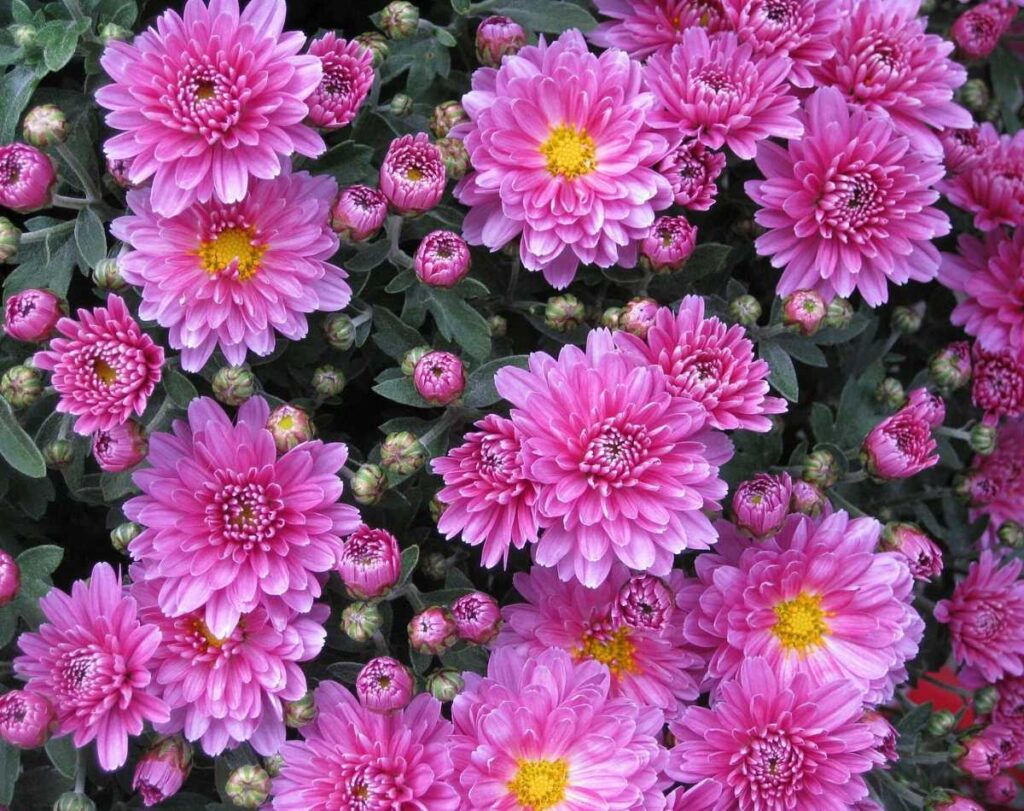
Citrus trees
Citrus trees repel spiders and smell amazing to humans, plus you get the added benefit of delicious, fresh fruit.
Most trees are frost-tender, so you need to grow them in pots and bring them indoors for the winter if it freezes where you live. A notable exception is the kumquat which can actually survive freezing temperatures down to about 14ºF. The satsuma orange is also freeze tolerant down to around 23ºF.
When your citrus tree blossoms, the air will fill with a lovely fresh fragrance that brightens your home and deters spiders.
Citrus trees all have their own potting and care requirements. Several varieties do well in containers, including kumquat, meyer lemon, and satsuma orange.
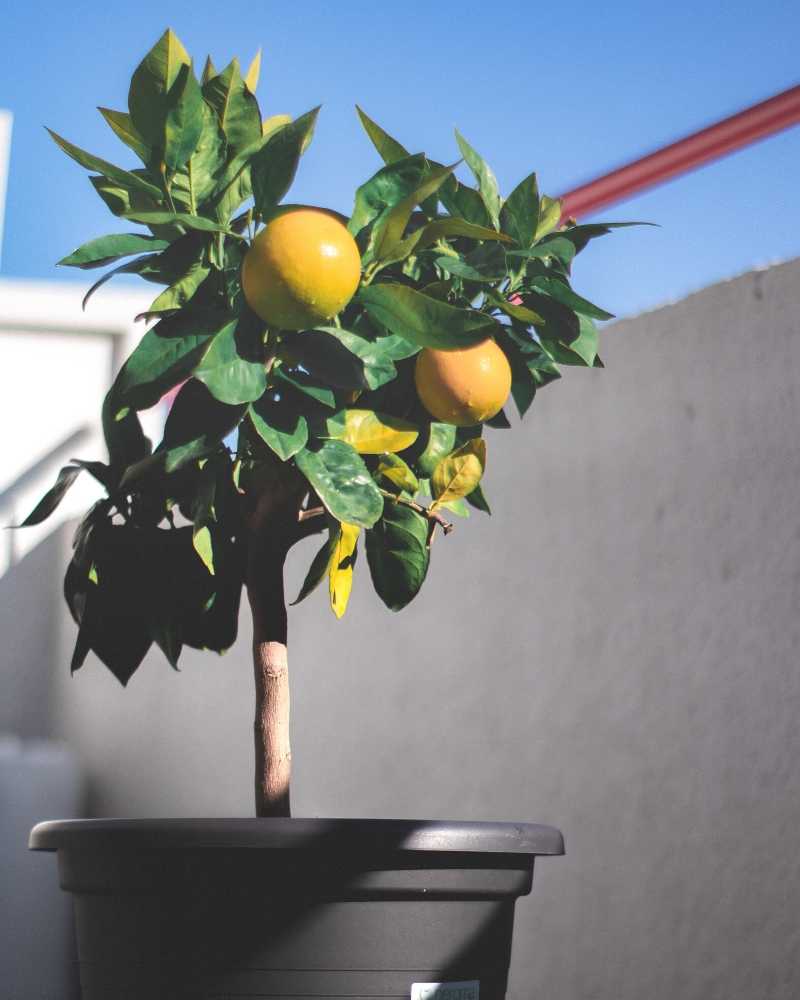
Essential oils that repel spiders
If you need a quick, natural spider solution, you can try essential oils. Please remember that natural does not automatically mean safe. The essential oils listed below should not be applied directly to your skin. Additionally, many of them are not safe for use around babies or pets.
If you decide to use essential oils, I highly recommend researching the oils you intend to use with Tissarand. Doctor Tissarand is considered the authority on safe essential oil usage. His book, Essential Oil Safety, is a fantastic resource, but much of the information can also be found on the Tissarand Institute website for free.
You can drop a drop of one of these oils directly on a spider to kill it (if you want to get that close!) or make a spider repellant spray with essential oils.
Table could not be displayed.There are many high quality essential oils available today, but also many that aren’t. Make sure the oils you use are 100% pure essential oils and haven’t been adulterated or cut with “fragrance” oils.
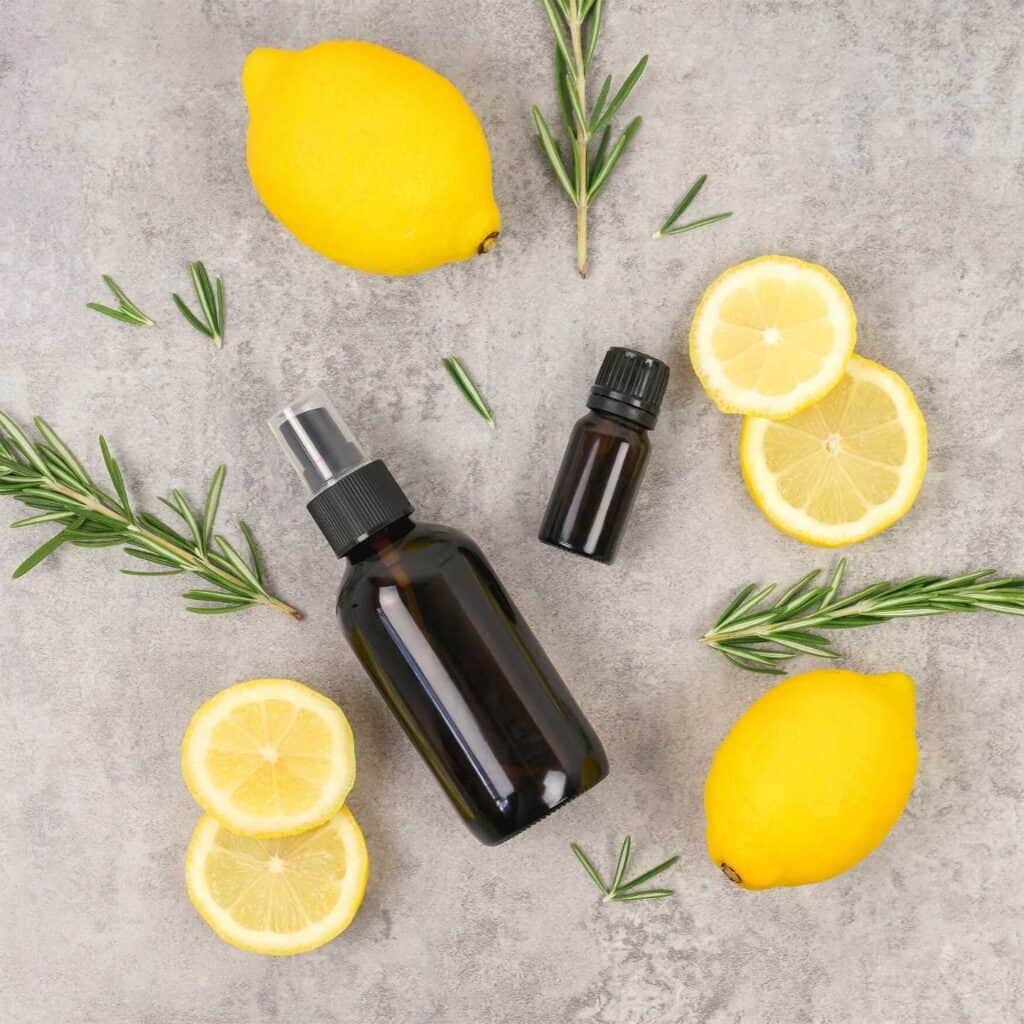
DIY spider repellant spray
This recipe is different from many you will find online. Every one I’ve seen basically says to add essential oils to a spray bottle of water, shake, and spray.
There are a few problems with this. My natural spider repellant spray recipe addresses, and solves, these issues. I hold a certificate in natural skincare formulation from the School of Natural Skincare and have studied how to formulate with essential oils correctly and safely.
Have you ever tried to mix oil and water? Yeah, it doesn’t work very well. That’s why those “other” recipes say to shake your spray vigorously before using. I’m sure you’ve made salad dressing before – the vinegar and oil never really mix – the oil just forms smaller blobs.
You need a solubilizer in order to mix the water and oil. A solubilizer is a surfactant that is water soluble but also has a smidge of oil solubility so it can bind to oil molecules like essential oils. Properly dissolving your essential oils helps ensure they are safe to use.
Polysorbate 20 is a popular solubilizer used with essential oils. It is approved for cosmetic use, so I feel fine about spraying it around my home. The Environmental Working Group rates its safety as a 1-3, depending on usage. Low numbers are good on their rating scale because they represent potential risk.
Polysorbate 20 does expire, so if you don’t make a lot of your own body products and room sprays it may not be a worthwhile purchase for you. See below for more options.
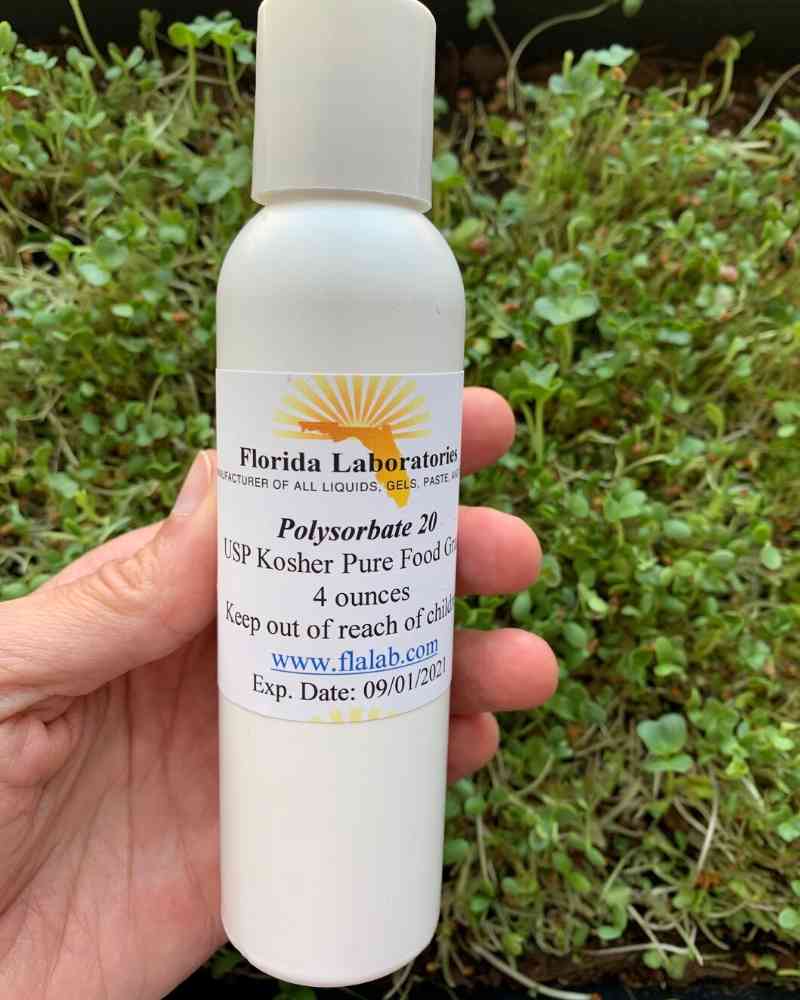
It is also possible to use high proof grain alcohol or 99% isopropyl as a solubilizer. It has the added bonus of working as a preservative, too.
Do not use regular vodka – it isn’t alcoholic enough. Everclear(r) works best. I keep a handle for making skincare products and herbal tinctures. Some essential oils will dissolve in 151 proof alcohol, but thick, resinous oils won’t. The lighter, more volatile oils in this recipe should dissolve in 151.
Witch hazel, in spite of its apparent popularity online for essential oil sprays, is not an adequate solubilizer.
Do not use all water, or water based ingredients, instead of alcohol for your spray. This isn’t safe. I know it’s popular online, but as the saying goes “What is popular isn’t always right.”
A bottle filled with water sitting around on your kitchen counter is an invitation for microbial growth.
I know you don’t plan to drink your spider repelling spray, but if you’re spraying it around the house consider whether or not you’d like to also be spraying bacteria everywhere. Or what if your child sprays themselves in the face and ends up with a serious eye infection?
Be safe and and make your essential oil sprays with at least 25% high proof (151 or higher) alcohol.
For added spider-fighting power, you can use your own tinctures made with spider repelling plants like rosemary and citrus.
This article on effective use of alcohol for aromatic sprays from the Tisserand Institute goes into great detail about the importance of using enough high proof alcohol in your formulations.
Essential oil spider spray ingredients & materials
Check below the recipe for a handy printable card so you can store this recipe in your home binder!
- 2 ounce glass spray bottle
- 1.7 grams of essential oils. You can mix and match your favorite spider-repellant scents. This is approximately 50 drops.
- I recommend 30 drops of mint and 20 of lavender if you don’t have a pet or young child at home.
- Skip the mint and use something child/pet-friendly if necessary.
- Keep in mind that citrus oil can damage plastics.
- 15 grams (3 teaspoons) of Eveclear, 99% isopropyl, or 151
- Distilled water to fill
I use a small digital scale for weighing my formulation ingredients. Weighing is much more accurate than measuring by volume. Since many people don’t have a scale that measures in .01g increments at home, I have also included volume measurements. If you want to formulate your own products, scales are inexpensive and convenient. I use this small battery operated scale.
Table could not be displayed.How to make your own spider repellent spray
Add essential oils and alcohol to your spray bottle. Cover and allow to sit for at least an hour.
Add distilled water to fill.
Shake to combine. If the mixture appears cloudy, that is normal and fine.
Spray in dark corners, around doors and windows, or wherever you notice spiders.
DIY Spider Repellent Spray
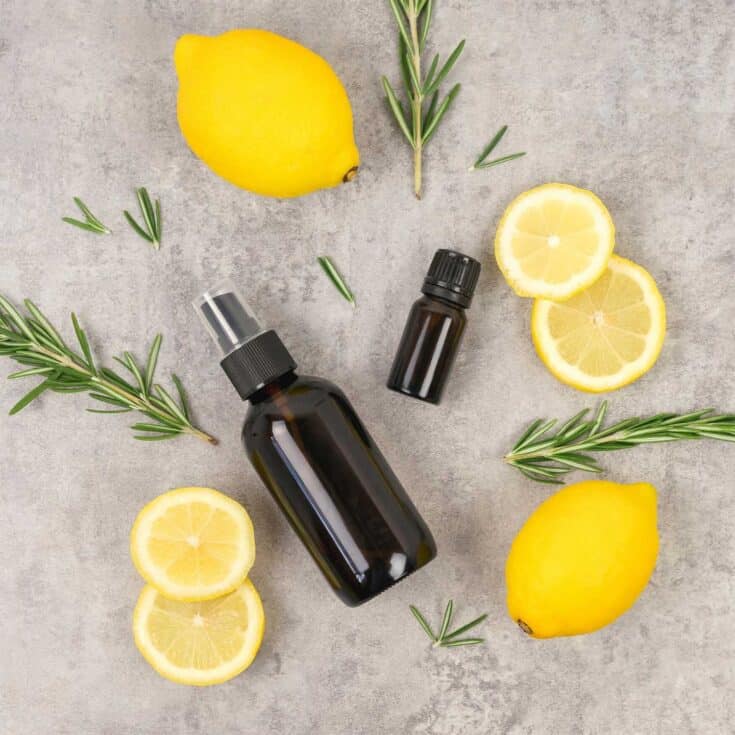
This DIY spider repellent spray with essential oils is safer than many recipes online because it includes high proof alcohol as a solubilizer and preservative.
Materials
- 2 ounce glass spray bottle
- 1.7 grams of essential oils. You can mix and match your favorite spider-repellant scents. This is approximately 50 drops.
- I recommend 30 drops of mint and 20 of lavender if you don’t have a pet or young child at home.
- Skip the mint and use something child/pet-friendly if necessary.
- Keep in mind that citrus oil can damage plastics.
- 15 grams (3 teaspoons) of Eveclear, 99% isopropyl, or 151
- Distilled water to fill
Tools
- Scale that measures .01 g or teaspoons
Instructions
- Add essential oils and alcohol to your spray bottle. Cover and allow to sit for at least an hour.
- Add distilled water to fill.
- Shake to combine. If the mixture appears cloudy, that is normal and fine.
- Spray in dark corners, around doors and windows, or wherever you notice spiders.
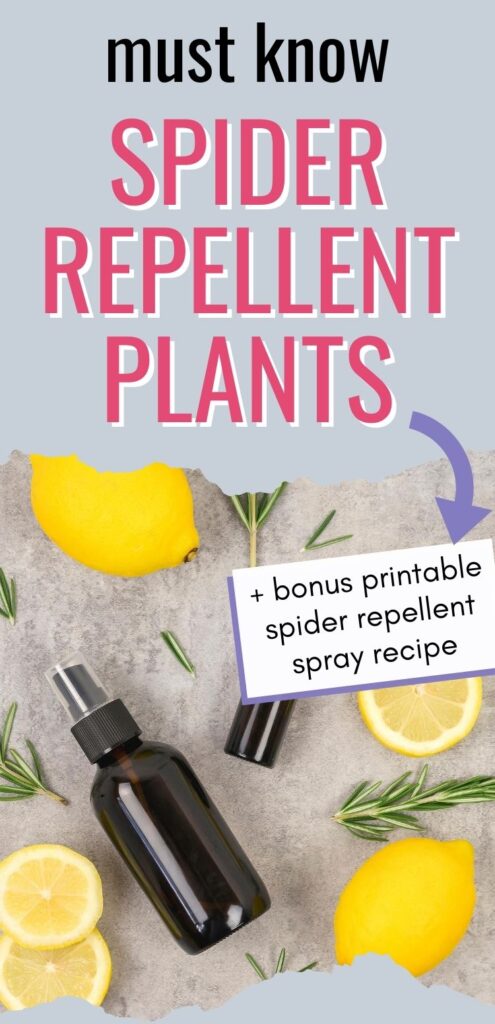
Natasha Garcia-Lopez is an avoid home-gardener and proud owner of 88 acres of land in rural West Virginia. She was a member of the Association for Living History Farms and Agricultural Museums for many years and is currently enrolled in the Oregon State University Master Gardner Short Course program so she can better assist you with your gardening questions.She holds a certificate in natural skincare from the School of Natural Skincare.


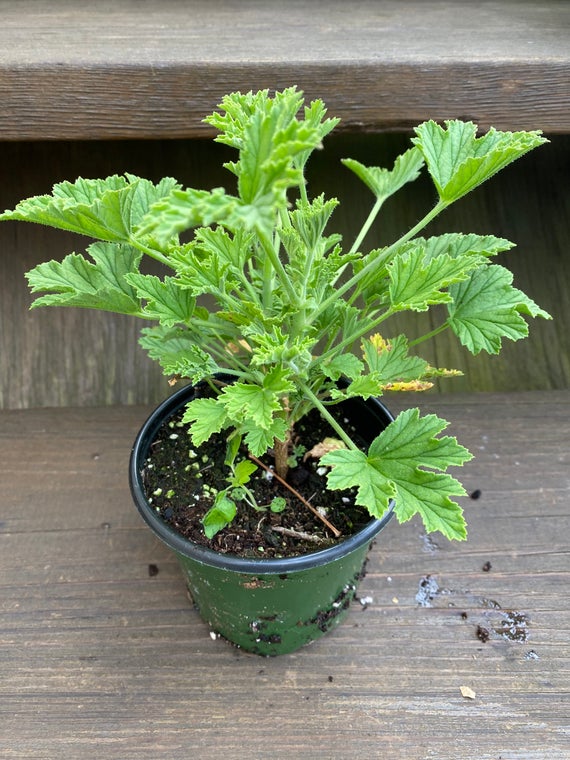

Thank you for the info!
I have been making a shoe spray that seems to work well. I use regular vodka in a 4oz bottle. I add 30-40 drops tea tree EO and 20-30 drops lavender EO. We give it a gentle shake before each use. I have also used this as a fabric refresher. I use regular vodka, as mentioned, but do not add water. What do you think?
Yes, that should work fine. I have a young child and pets in the house so I personally prefer to not spray as much alcohol. I also enjoy the no-shake aspect of using the water with a solubilizer.
I see that you have rosemary & basil listed for plants that repel spiders but they are not included on your list of oils to use. Would they be recommend for child/pet friendly replacements for the mint?
Rosemary and basil are generally not considered child-safe essential oils. They’re also generally harder to find than more popular oils. There is conflicting information about basil and pets – basil is a member of the mint family. I have used rosemary “tea” made with fresh rosemary for bathing dogs before because it also repels fleas. While both plants are safe for children and pets to be around, the essential oil is obviously much more concentrated. I personally us the lemon and lavender combo because it smells nice and the oils are easy to find.